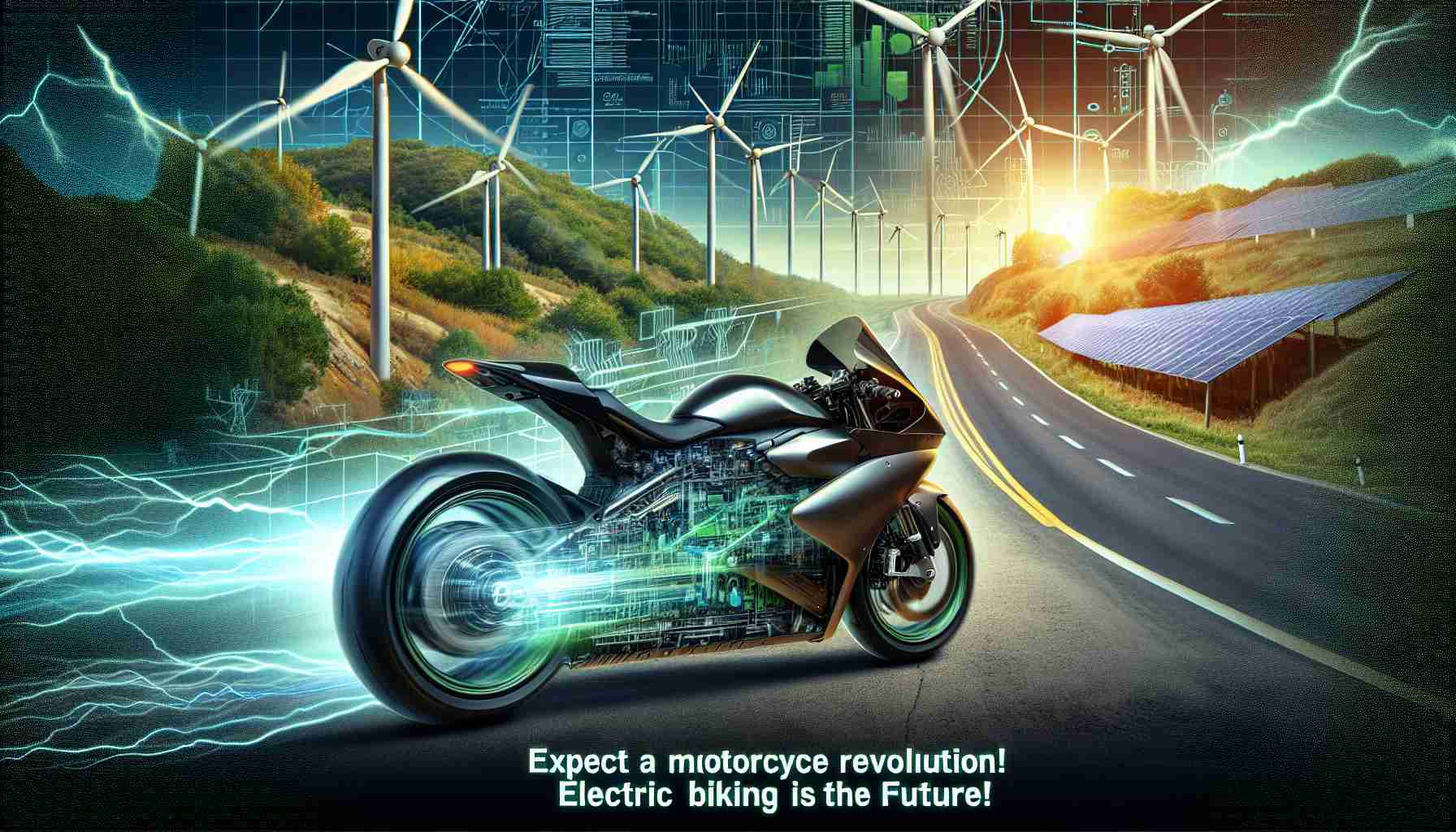The electric motorcycle industry is on the cusp of a significant transformation, with projections indicating it could reach an impressive market value of nearly $17 billion by 2030. This remarkable growth is a steep rise from the approximate $7 billion recorded in 2021, highlighting a compound annual growth rate of around 12%. Factors driving this transformation include escalating gas prices, favorable government incentives, ongoing technological innovations, and increasing awareness of environmental issues.
Leading the charge in this evolution is Stark Future, a company established in 2020 in Barcelona. Despite being relatively new, Stark Future has quickly expanded its presence to over 50 countries, including the United States. The company’s flagship model, the Stark VARG, embodies powerful advancements in electric motorcycles.
Stark Future’s manufacturing operations are situated near Barcelona, featuring a state-of-the-art facility that spans 215,000 square feet. Here, motorcycles are meticulously designed, assembled, and researched, utilizing cutting-edge technology such as virtual reality and 3D printing.
Recent investments from entities like Eicher Motors and Santander have bolstered Stark’s production capabilities, aiming for a monthly output of 1,000 bikes. The Stark VARG attracts attention with its impressive specs, including a carbon fiber housing and a potent motor that delivers up to 80 horsepower. Priced competitively starting at $10,999, early market performance suggests Stark Future could generate over $90 million in annual revenue by the year’s end, with plans for road-legal models slated for release in 2025.
Unleashing the Future: The Electric Motorcycle Revolution
### Electric Motorcycle Industry Overview
The electric motorcycle industry is poised for explosive growth, with projections indicating the market could soar to nearly $17 billion by 2030, up from about $7 billion in 2021. This signifies a compound annual growth rate (CAGR) of approximately 12%. The surge in popularity is attributed to various factors: rising fuel prices, government incentives promoting clean energy, rapid technological advancements, and an increasing public consciousness regarding environmental sustainability.
### Innovations and Features of Electric Motorcycles
One of the forefront players in this vibrant industry is Stark Future, a company established in 2020 in Barcelona. Stark Future has rapidly expanded its market reach, selling products in over 50 countries, including the United States. Their flagship model, the Stark VARG, features cutting-edge technology and robust specifications that place it at the forefront of electric motorcycle innovation.
#### Key Specifications of Stark VARG:
– **Motor Power:** Up to 80 horsepower
– **Chassis Material:** Carbon fiber housing for reduced weight and increased durability
– **Pricing:** Starting at $10,999
– **Production Goal:** Aiming for a monthly output of 1,000 bikes
With a modern manufacturing facility near Barcelona measuring 215,000 square feet, Stark Future employs advanced technologies like virtual reality and 3D printing in the design and assembly processes. This commitment to innovation not only enhances production efficiency but also improves product quality and user experience.
### Market Insights and Future Trends
Investments from major corporations, such as Eicher Motors and Santander, have significantly boosted Stark’s production capabilities. As early market performance indicates, Stark Future could potentially achieve over $90 million in annual revenue by the end of the current year. Furthermore, the company plans to introduce road-legal models by 2025, forecasted to shake up the market even further.
In addition to exceptional performance, electric motorcycles present various user benefits. They are generally quieter, require less maintenance compared to traditional motorcycles, and allow for lower operating costs, attracting a new demographic of eco-conscious consumers.
### Pros and Cons of Electric Motorcycles
#### Pros:
– **Environmentally Friendly:** Reduced emissions compared to gas-powered motorcycles.
– **Cost-Efficient:** Lower running costs; no gas expenses and minimal maintenance.
– **Performance:** Instant torque and power delivery provide an exhilarating riding experience.
#### Cons:
– **Range Anxiety:** Limited range per charge compared to gas alternatives.
– **Charging Infrastructure:** Still developing in many regions, impacting accessibility.
– **Initial Cost:** Higher upfront cost despite lower operational expenses.
### Conclusion
As the electric motorcycle landscape continues to evolve, companies like Stark Future are setting the stage for a future where electric mobility may become the prime choice for motorcycle enthusiasts. With robust investments, innovative technologies, and a keen understanding of market dynamics, the industry is on track for substantial transformation.
For further insights into the electric motorcycle market and advancements in electric mobility, visit Stark Future.
